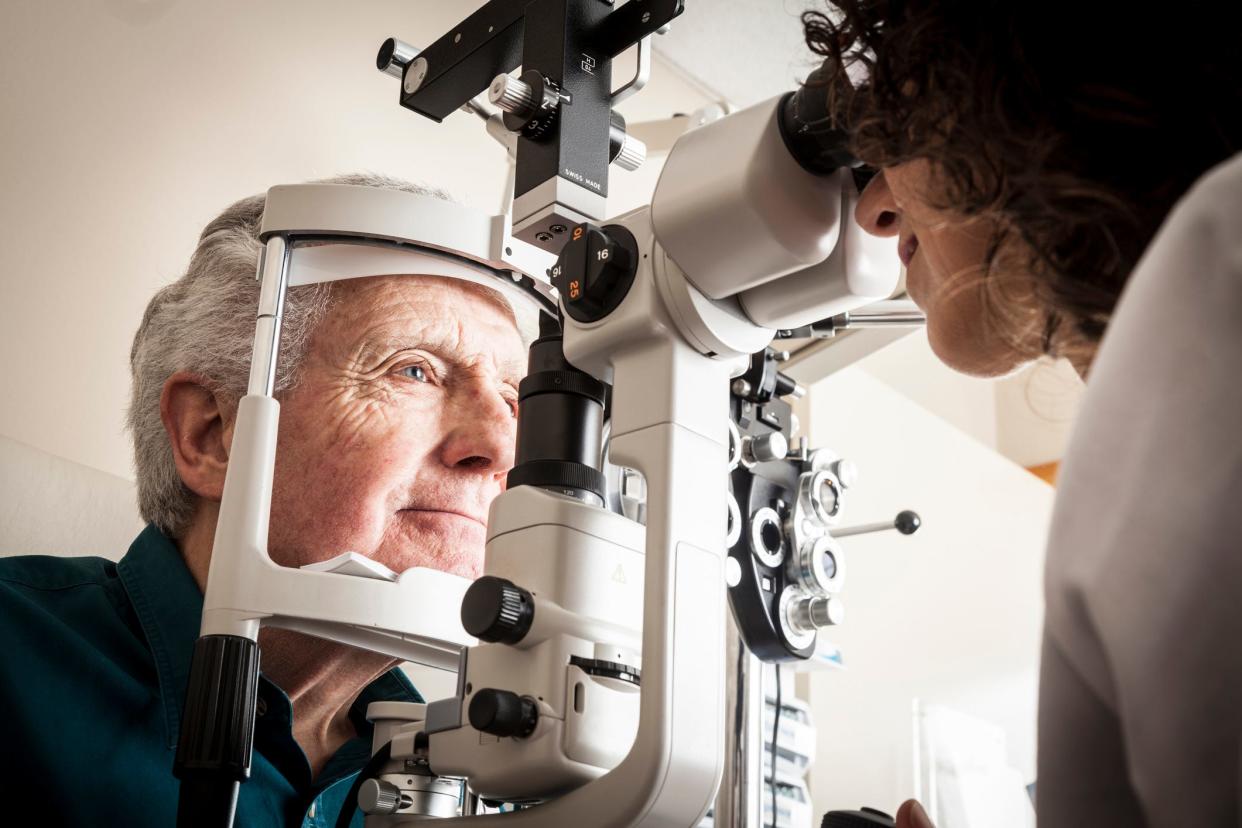Dr. Mitra: The leading cause of vision loss in the United States is cataracts; know the signs

Support local journalism. A digital subscription is incredibly affordable and makes you the most informed person around. Click here and subscribe today.
Did you know a cataract is the leading cause of vision loss in the United States, and it remains the leading cause of blindness worldwide?
There are more than 24 million Americans over the age of 40 who are affected by cataracts.
June is Cataract Awareness Month.
It is important to educate yourself on the symptoms and risk factors associated with cataracts.
So, what exactly is a cataract?
There is a transparent lens just behind the iris that automatically focuses light on the retina. As you age, the proteins in the natural lens also age due to various factors like UV light, dietary changes, and metabolism.
Dr. Mitra's previous three columns:
It's in your hands: Don't ignore high blood pressure; it's an avoidable form of death
Tummy ache: Does your stomach regularly hurt? It could be irritable bowel syndrome
Kidney Health: Your kidneys do much more than you realize; make sure you take care of them

Over time, the once-clear lens slowly turns yellow until it eventually becomes brown. When you have a cataract, it makes the natural lens cloudy and blocks and changes the passage of light into the eye.
It stops light from passing through to the retina, leading to the distortion of vision. If left untreated, cataracts can eventually cause blindness.
Anyone can get cataracts. While most people don’t typically show symptoms until at least 40, cataracts can also affect young adults or even children.
Major risk factors for cataracts are older age, obesity, high blood pressure, excessive use of alcohol, diabetes, eye injury, inflammation, long-term use of steroids, smoking, long-term exposure to UV rays and family history.
Typical symptoms of cataracts include blurry vision, double vision, increased sensitivity to light, difficulty seeing distant objects, glares and halos during nite driving, loss of depth perception and a change in the color of the pupil to a milky white or yellow.
It’s crucial to consult your eye doctor for an accurate diagnosis if you have any of these symptoms.
Some steps to protect your eyes from the formation of cataracts are to wear UV-blocking sunglasses and a wide-brimmed hat, take nutritional supplements, quit smoking and drinking alcohol, and learn about your family history.
Eat a balanced diet rich in vitamin C, fruits and foods rich in antioxidants.
It is essential to go for a comprehensive eye exam at least once every year. Request your primary care doctor to refer you to an eye doctor.
See your eye doctor once a year to monitor cataract progression and take action once cataract surgery becomes necessary.
Your eye doctor may perform a visual acuity test, dilated eye exam, and a tonometry test.
Besides lifestyle changes, medication and eye drops, the only way to treat cataracts to regain your clear eyesight is to have cataract surgery.
Having cloudy and blurry vision makes it challenging to complete everyday tasks and lowers the quality of life by making it difficult to get around.
Cataract is the world’s leading cause of loss of vision, yet it is an eye disease that can be treated successfully with good access to quality eye care services.
I strongly encourage everyone to educate themselves on cataracts and seek medical attention when you notice any visual changes.
Dr. Sue Mitra is Board Certified in Internal Medicine and has been practicing in Brevard county since 2022. Dr. Mitra can be reached at 321-622-6222. You can visit her at www.suemitra.com and schedule an appointment.
Call now to discuss the best possible approach to the next steps to assess your risk of developing cataracts and their awareness.
This article originally appeared on Florida Today: June is Cataract Awareness Month; know your risk factors

